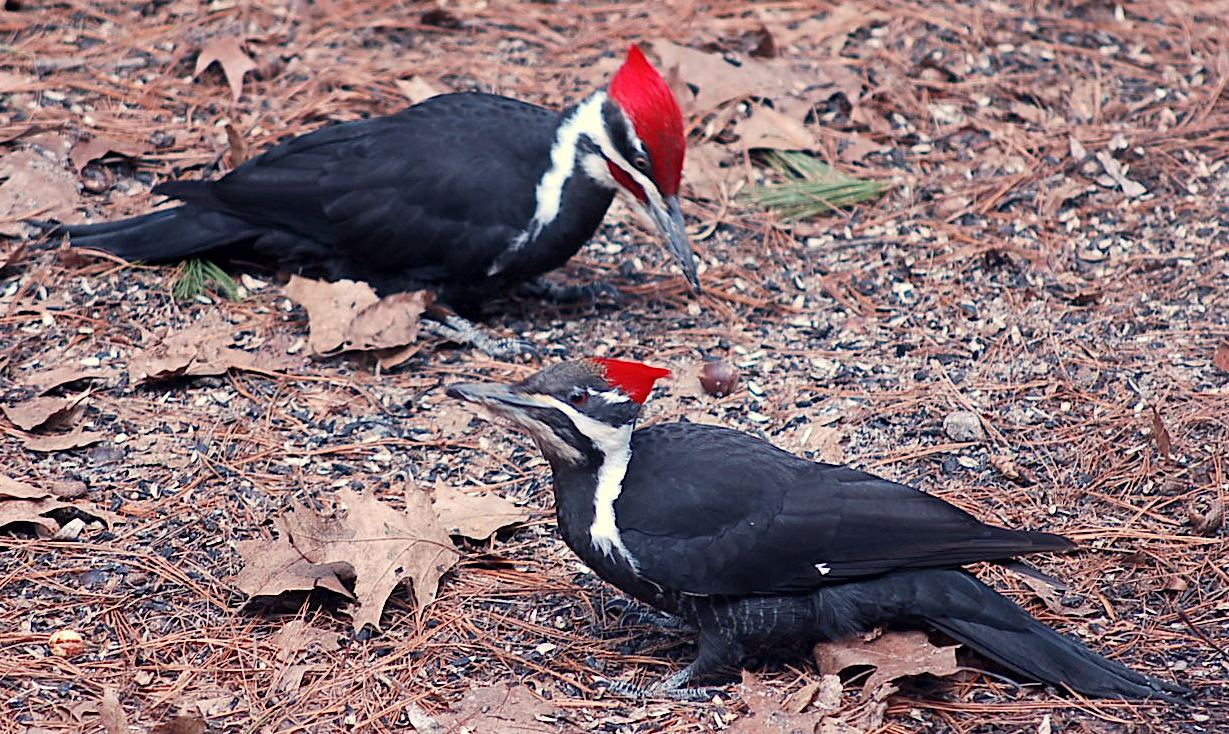Woodpeckers in Florida Population: Species Review and Conservation
Woodpeckers in Florida Population: Species Review and Conservation
Blog Article
Woodpeckers Unleashed: Checking Out the Wonders of These Knowledgeable Tree Mountain Climbers
Woodpeckers, with their distinct markings and balanced drumming echoing via wooded locations, hold a special area in the bird globe. Their specialized anatomy and adaptations allow them to navigate upright surfaces with unequaled ability. Their proficiency of tree climbing is simply one facet of their remarkable behavior. As we look into the complex details of woodpeckers' nesting routines, feeding methods, and the ongoing conservation efforts to safeguard these impressive birds, a deeper recognition for their area in nature unfolds.
Anatomy and Adaptations
When checking out the makeup and adaptations of woodpeckers, one can observe exceptional functions that allow these birds to prosper in their specialized ecological specific niche. In addition, woodpeckers have zygodactyl feet, with 2 toes dealing with forward and two encountering backward, giving a company hold on tree trunks while they search for food or drum for communication.
Moreover, woodpeckers have an unique tongue framework that is long, barbed, and sticky, allowing them to remove insects from gaps in timber. This specialized adaptation permits woodpeckers to manipulate a food resource that is hard to reach to several various other bird types. Generally, the makeup and adjustments of woodpeckers display the remarkable evolutionary options that have allowed these birds to thrive in their arboreal habitat.
Drumming Actions
Having explored the makeup and adaptations of woodpeckers, the emphasis currently moves to understanding their drumming actions, an unique aspect of their communication and territorial screens. Drumming is an important type of communication amongst woodpeckers, serving numerous functions such as developing areas, drawing in companions, and signaling alarm. Each woodpecker types has an unique drumming pattern that aids people identify participants of their very own varieties and differentiate them from competitors or killers.
Woodpeckers create drumming audios by rapidly pecking on powerful surfaces such as dead trees, energy poles, or also metal things, developing a series of balanced beats. The intensity and speed of drumming can differ based on the function; for example, a rapid drumming sequence might symbolize aggression towards trespassers, while a slower and softer drumming pattern can show courtship (Woodpeckers in Florida). Furthermore, woodpeckers may adjust the frequency and duration of their drumming to convey particular messages successfully
Nesting Practices
Exploring the nesting practices of woodpeckers exposes remarkable insights into their reproductive behaviors and habitat options. Woodpeckers are understood for their unique nesting preferences, commonly digging deep into dental caries in trees to create sheltered areas for elevating their young. These tooth cavities serve not only as a nesting site but likewise as a protected haven from killers and harsh climate.
Woodpeckers display a high level of integrity to their nesting websites, typically returning to the exact same location year after year. This habits highlights the significance of appropriate habitat accessibility for their reproductive success. The choice of learn the facts here now a nesting website is critical for woodpeckers, with factors such as tree species, height, and decay stage playing considerable roles in their decision-making process.
Remarkably, some woodpecker helpful hints types are understood to dig deep into multiple dental caries within their territory, providing themselves with alternate nesting choices. This technique might serve as a type of insurance policy against potential threats or disturbances to their main nesting site.
:max_bytes(150000):strip_icc()/GettyImages-1094628502-a831e9c1be004c05b057f488ff819127.jpg)
Feeding Techniques
One of the most distinctive feeding habits of woodpeckers is drumming, which involves fast pecking on trees to uncover insects under the bark. Woodpeckers are also known to dig deep into cavities in trees to gain access to covert insect larvae or sap. Some varieties, like the acorn woodpecker, shop nuts in specially produced openings called granaries.
Conservation Initiatives
In the middle of the detailed feeding methods showed by woodpeckers, the preservation efforts targeted at securing these interesting birds play an important duty in protecting their habitats and populations. Woodpeckers deal with various risks to their survival, including habitat loss due to deforestation, climate change modifying their environments, and crashes with man-made structures such as structures and read the full info here automobiles - Woodpeckers in Florida. Guardians are actively functioning to address these difficulties and guarantee the lasting health of woodpecker species

Education and learning and public understanding projects are additionally essential parts of woodpecker preservation initiatives. By increasing awareness regarding the importance of these birds in preserving healthy woodland environments, guardians can amass assistance for environment preservation efforts and promote responsible land monitoring practices. Via collaborative efforts between scientists, policymakers, and local neighborhoods, we can work together to safeguard a future where woodpeckers flourish in their all-natural habitats.
Conclusion

Report this page